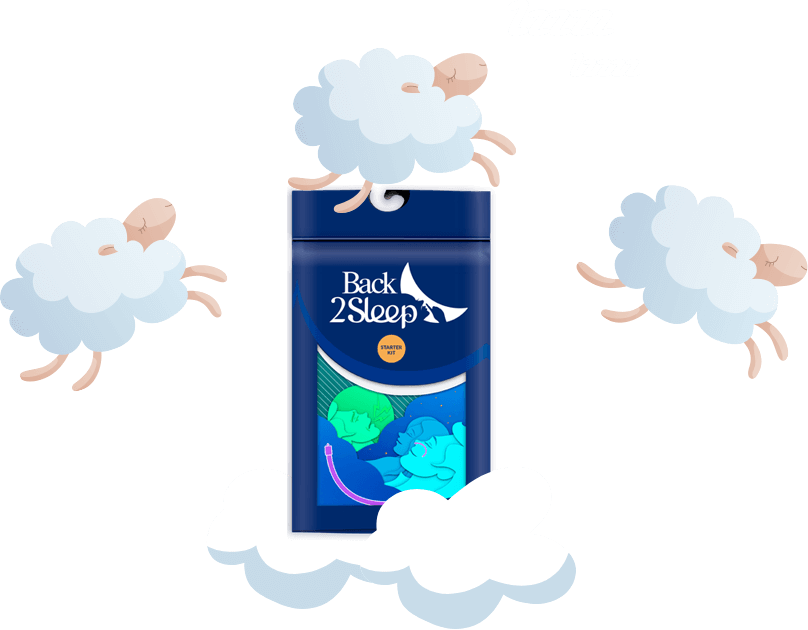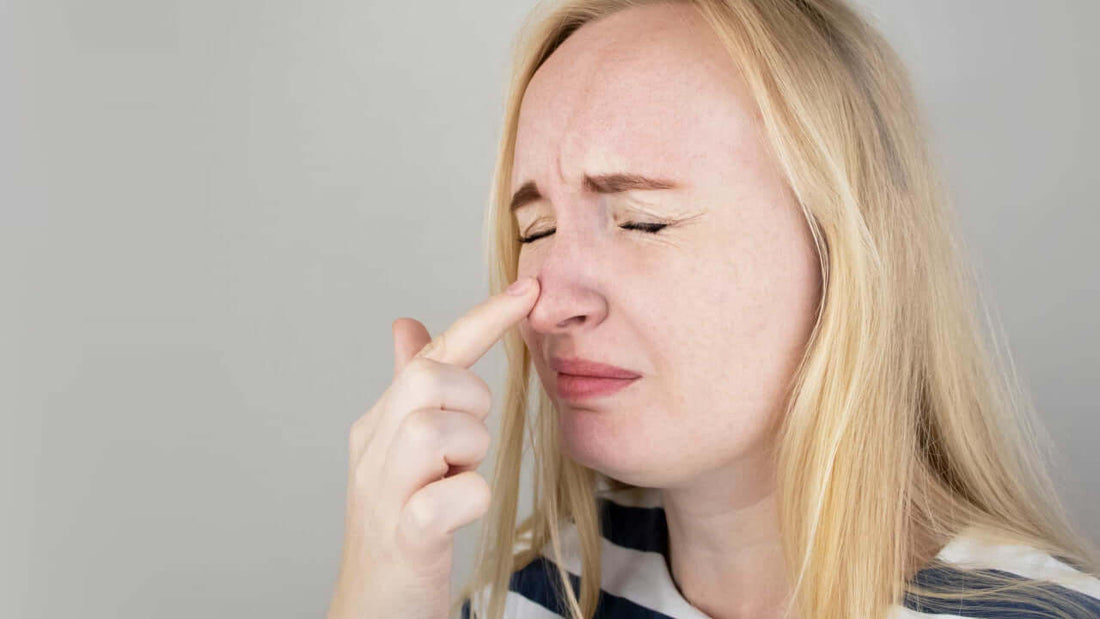Die Nasenatmung ist für eine gute Schlafqualität und zur Vorbeugung von Atemproblemen wie Schlafapnoe unerlässlich. Durch die Nasenatmung wird die eingeatmete Luft besser konditioniert und befeuchtet, was eine stabilere und kontinuierliche Atmung während des Schlafs ermöglicht.
Zu den Folgen einer schlechten Nasenatmung gehören Müdigkeit, Schnarchen und eine Beeinträchtigung der Lebensqualität. Wenn Sie Schwierigkeiten haben, durch die Nase zu atmen, erfahren Sie in diesem Artikel 10 wirksame Lösungen, die Ihnen helfen, die Nasenatmung zu verbessern und die Mundatmung zu vermeiden, insbesondere im Schlaf.
Häufige Ursachen für Schwierigkeiten beim Atmen durch die Nase
Die meisten Fälle von Nasenatmungsbeschwerden sind auf folgende Ursachen zurückzuführen:
-
Verstopfung der nasalen Atemwege:
Virusinfektionen wie Erkältungen und Grippe gehören zu den häufigsten Ursachen für verstopfte Nasen. - Saisonale Allergien wie Heuschnupfen oder allgemeine Allergien.
- Sinusitis: Infizierte oder entzündete Nasennebenhöhlen führen zu verstopfter Nase, oft begleitet von Gesichtsschmerzen und dickem Ausfluss.
- Nasenpolypen: Diese nicht krebsartigen Wucherungen in den Nasengängen oder Nasennebenhöhlen können die Atemwege blockieren.
- Verkrümmte Nasenscheidewand: Eine falsch ausgerichtete Nasenscheidewand kann ein Nasenloch teilweise blockieren und eine einseitige Nasenverstopfung verursachen.
- Umweltfaktoren: Trockene Luft, Umweltverschmutzung, Tabakrauch und chemische Reizstoffe können die Nasenschleimhaut entzünden und eine vorübergehende oder chronische Verstopfung verursachen.
- Länger andauernde Mundatmung: Ständige Mundatmung ist nicht normal und kann auf ein zugrunde liegendes Problem hinweisen, z. B. Nasenverstopfung, Allergien oder Schlafapnoe.
Diese Zustände rechtfertigen eine ärztliche Behandlung. Die Mundatmung kann zu einer schwer zu durchbrechenden Gewohnheit werden, die zu Schlafstörungen, Zahnproblemen und Veränderungen der Gesichtsstruktur führt.
Wenn Sie oft sagen: "Ich kann nachts nicht durch die Nase atmen", sollten Sie wissen, dass es Lösungen gibt, um dieses Problem zu lösen.
Warum ist die Nasenatmung so wichtig?
Die Nasenatmung ist die natürliche physiologische Atmungsmethode des Körpers.
Sie bietet mehrere Vorteile: Sie filtert, erwärmt und befeuchtet die Luft, die wir einatmen. Im Gegensatz dazu trägt die Mundatmung häufig zu HNO- (Hals, Nase, Ohren) und Lungenerkrankungen bei.
Der Atmungsprozess besteht aus zwei Phasen: dem Einatmen und dem Ausatmen.
Die Nase spielt bei diesem Prozess eine entscheidende Rolle, da sie die erste Verteidigungslinie gegen Schadstoffe und Verunreinigungen in der Luft darstellt.
Das Naseninnere ist mit winzigen Härchen ausgekleidet, die als Barriere fungieren, schädliche Partikel abfangen und verhindern, dass sie in die Atemwege und die Lunge gelangen. Diese Verunreinigungen werden im klebrigen Nasenschleim aufgefangen, was das Infektionsrisiko verringert und die unteren Atemwege schützt.
Die Nase wärmt, filtert und befeuchtet die Luft und sorgt dafür, dass saubere, feuchte Luft in optimaler Temperatur in die Lungen gelangt. Wenn dieser Prozess beeinträchtigt ist, ist es wichtig zu lernen, wie man durch die Nase atmet.
Die Nasenatmung fördert auch eine hohe Schlafqualität und beugt Atemwegserkrankungen, einschließlich Schlafapnoe, vor. Sie trägt zur Aufrechterhaltung eines optimalen Kohlendioxidspiegels im Blut bei.
10 Lösungen für eine bessere Nasenatmung
Techniken zur Reinigung der Nasengänge
- Verwenden Sie Kochsalzsprays oder Meerwasserlösungen, um die Nase zu spülen und zu reinigen.
- Verwenden Sie einen Luftbefeuchter, um eine trockene Nase zu vermeiden, vor allem im Schlafzimmer, um Verstopfung und einen trockenen Hals zu lindern.
- Bleiben Sie hydratisiert, indem Sie Wasser oder Kräutertees trinken.
- Erhöhen Sie den Kopf leicht mit einem Keilkissen oder schlafen Sie auf der Seite, um die Atmung zu verbessern.
- Führen Sie Inhalationen mit ätherischen Ölen wie Eukalyptus oder Pfefferminze durch, um die Nasenwege zu befreien.
Medizinische Behandlungen und Eingriffe
- Nehmen Sie Antihistaminika oder Kortikosteroide gegen Allergien. Allergische Verstopfung und laufende Nasen können mit diesen Medikamenten behandelt werden. Bei schwerer allergischer Rhinitis kann ein oral oder per Injektion verabreichtes Kortikosteroid verschrieben werden.
- Wenden Sie sich an einen HNO-Arzt, um Verstopfungen zu beurteilen oder chirurgische Eingriffe zu erwägen.
Geräte zur Unterstützung der Atmung
-
Nasale Orthesen: Geräte wie der von Back2Sleep angebotene nasale Stent werden durch die Nasenlöcher eingeführt und reichen bis zum weichen Gaumen. Diese Geräte helfen, eine regelmäßige Atmung aufrechtzuerhalten und verhindern eine Blockierung der Atemwege, die häufiges Aufwachen, Schlafapnoe und Schnarchen verursacht.
-
Nasenstrips: Diese Strips öffnen vorübergehend die Nasengänge und werden von Personen mit verstopften Nasengängen aufgrund von Erkältungen, Allergien oder Nasenscheidewandverkrümmungen verwendet.
Übungen und Atemübungen
- Üben Sie die Nasenatmung:
-
Alternate Nostril Breathing:
Diese yogische Technik reduziert Ängste, Stress und Schlaflosigkeit und verbessert die Konzentration.- Setzen Sie sich bequem hin, schließen Sie die Augen und verschließen Sie mit dem Ringfinger Ihr linkes Nasenloch.
- Atmen Sie tief durch das rechte Nasenloch ein. Verschließen Sie das rechte Nasenloch mit dem Daumen und atmen Sie durch das linke Nasenloch aus.
- Wiederholen Sie den Vorgang für 5-15 Minuten.
-
Achtsames Atmen:
Diese einfache Technik beinhaltet langsame, tiefe Nasenatmungen, die auf 4 bis 4 zählen:- Atmen Sie 4 Sekunden lang langsam durch die Nase ein und weitere 4 Sekunden durch den Mund aus.
-
Buteyko-Atmung:
- Atmen Sie einmal durch die Nase ein und aus.
- Kneifen Sie sich mit Daumen und Zeigefinger sanft in die Nase, während Sie den Mund geschlossen halten, bis Sie den Drang verspüren, zu atmen.
- Atmen Sie noch einmal tief durch die Nase ein und halten Sie dabei den Mund geschlossen.
Pflege der Nasenschleimhaut
Um eine trockene Nase zu vermeiden, sollten Sie Nasensalben mit Dexpanthenol verwenden, die das gereizte Nasengewebe befeuchten und beruhigen. Salinenspülungen können helfen, überschüssigen Schleim und Sekrete auszuspülen. Öle wie Pfefferminze oder Eukalyptus können schnelle Linderung verschaffen und die Verstopfung verringern.
Gesunde Gewohnheiten annehmen
- Achten Sie auf eine regelmäßige Nasenhygiene.
- Vermeiden Sie Reizstoffe wie Umweltverschmutzung, Allergene und Rauch.
- Optimieren Sie Ihre Schlafumgebung, indem Sie die Luft befeuchten und eine Seitenschlafposition einnehmen.
Prävention und Wartung
Bei den ersten Anzeichen von Atembeschwerden sollten Sie einen HNO-Arzt aufsuchen, um eine vollständige Untersuchung durchführen zu lassen. Es ist wichtig, schon in jungen Jahren die richtigen Atemgewohnheiten zu erlernen.
Schlussfolgerung
Wenn Sie Schwierigkeiten haben, durch die Nase zu atmen, haben Sie jetzt die Möglichkeit, dieses Problem zu lösen. Die Nasenatmung ist entscheidend für die allgemeine Gesundheit und das Wohlbefinden. Der erste Schritt besteht darin, einen HNO-Arzt für eine umfassende Diagnose aufzusuchen, um die zugrunde liegenden Probleme zu erkennen und zu beheben.
Ziehen Sie außerdem Geräte gegen Schnarchen und Schlafapnoe in Betracht, wie sie beispielsweise von Back2Sleep angeboten werden. Besuchen Sie die Website von Back2Sleep, um detaillierte Informationen und persönliche Unterstützung zu erhalten.
FAQs
1. Was kann ich tun, wenn ich nicht durch die Nase atmen kann?
Eine Inhalations- oder Dampftherapie ist sehr wirksam, um die Atemwege zu befreien. Verwenden Sie einen Inhalator oder eine Schüssel mit heißem Wasser (mit oder ohne ätherische Öle) und atmen Sie die Dämpfe 3-4 Minuten lang ein, um die Atemwege zu öffnen.
2. Wie kann ich meine Nasenlöcher weiten, um besser zu atmen?
Nasendilatatoren und Nasenkonen helfen, die Nasenlöcher von innen offen zu halten. Im Gegensatz zu Nasenstreifen wirken sie von innen. Zu den gängigen Designs gehören flügel- oder röhrenförmige Dilatatoren.
3. Wie kann ich eine nasale Obstruktion behandeln?
Eine nasale Obstruktion kann viele Ursachen haben, daher ist es wichtig, das spezifische Problem zu ermitteln. Wenden Sie sich an einen HNO-Arzt. Wenn die Ursache eine Erkältung oder Allergie ist, kann der Arzt Antihistaminika oder andere Behandlungen verschreiben.
4. Wie kann ich die Nasenschleimhaut hydratisiert halten?
Sesamöl ist ein ausgezeichnetes Nasenschmiermittel, das die Schleimhäute erweicht. Es hat entzündungshemmende, antibakterielle und beruhigende Eigenschaften, die den Schleim lösen und die Reizung lindern. Nasensalben und Kochsalzspülungen sind ebenfalls wirksam.








